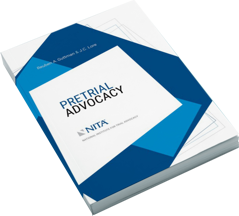INSPIRE FUTURE GENERATIONS OF WOMEN LEADERS
Miami University’s Sue J. Henry Center for Pre-Law Education invites you to its second Women in Law and Leadership Symposium at the Cincinnati Museum Center.
Join us on Friday, April 21, 2023 to celebrate and explore women’s progress in the legal field: advocating for lifestyle balance; successfully navigating conflict and bias in negotiation; women in the courtroom; bridging generational differences; and allyship best practices.
Hear from leaders in the legal field as you network with Miamians working in government and law. Our keynote speaker is the Honorable Nancy Gertner, US D. Mass. (Ret.), judge, advocate, and author of several books including In Defense of Women: Memoirs of an Unrepentant Advocate.
When: April 21, 2023, 8 a.m. – 5 p.m ET
Where: Cincinnati Museum Center, 1301 Western Ave., Cincinnati, OH 45203
Cost is $100 for the all-day event for working professionals (Free for Miami students and $50 for law students) and includes networking breakfast and keynote lunch.
CLE: Approved for 5 Hours Ohio CLE
To register visit https://securelb.imodules.com/s/916/22/Interior.aspx?sid=916&gid=1&pgid=19935&cid=38884&amount=0&bledit=0&dids=68
Full symposium schedule available at https://www.miamialum.org/s/916/22/Interior.aspx?pgid=19938&gid=1&cid=38898

